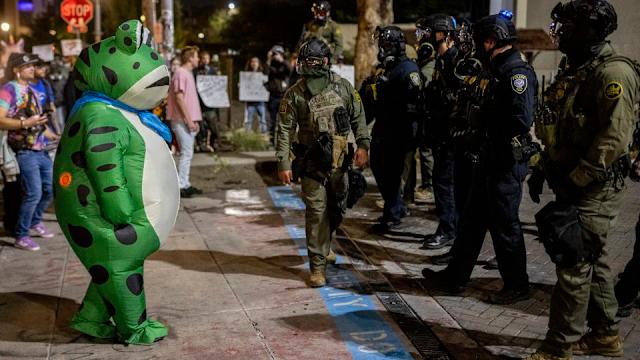Fur raising fear: Stephen King’s ‘Pet Sematary’ is bone-chilling
October 6, 2020
Have you ever wanted your favorite pet to come back to life? In “Pet Sematary,” it is not merely a wish hoped for in the hearts of children, but a dreadful reality.
Stephen King brings the worry and hopelessness of death to life (pun intended) in this bone–chilling masterpiece. This concept proved so popular that it has not only its original film adaptation in 1989, but a remake from 2019. Which is better for the haunting month of October? Watching both, it is clear which comes out on top.
Both movies start out the same: the Creeds move into a new house in the country. The father, Louis, has accepted a new job that enables him to be with his family more often. However, things are only picture perfect for a moment as the family discovers a pet burial ground in their back yard.
This creepy resting place is misleading as it is the most benevolent part of the story. People grieving lost furry friends place them to rest in the woods. The family is disturbed but hoping to make the best of their surroundings.
Death seems to follow the Creeds around, beginning with a college student who dies in Louis’ arms in the clinic, and Church, the family cat passes away. Not being able to handle the death of the family pet, Louis goes past the borders of the pet ‘sematary’ and buries Church on hallowed ancient grounds. The mystical properties bring the cat to life, though not as the same lovable feline he was before.
The two movies differ here, and it is where the original commands more interest than its remake. One of the Creed children dies in each film, but in the original it is the baby Cage, and in the remake, it is the daughter Ellie. Louis, grief–stricken and desperate to repair his family, brings the child back to life.
Each version of the story has its merits. The remake feels more sinister and is synonymous with King’s style, but the original has a creepy antagonist that many of us never dreamed about: a toddler. At first a murderous toddler seems almost laughable, but undead Cage is a force to be reckoned with. With undead Ellie in the remake, the evil little girl spiel is played out by today’s movies. It does not hold the same panic or dread as Cage.
The dynamics in the original film make more sense as well. In the original you see how Louis is spurned on to his actions by his daughter asking why God will not bring the dead back, and his father–in–law calling him an incompetent caretaker. The remake does not have this element, which leaves gaps in the motivations of the characters. While the remake has the more skin–crawling murder of Jud the neighbor, it does not have the same effect as the original.
Stephen King reels his fans in with the fear of the uncontrollable, death being the unruliest beast of all. The original version of the movie displays this by having Louis try to bring his family back to life all over again, even after the first resurrection was botched. Still clinging to the hope of control and safety, he stumbles forward, dead wife in hand.
The remake merely has the family all brought back to life from killing one another, and they slowly creep toward living baby Cage. While admittedly unsettling, it does not keep with the spirit of Stephen King.
If you are looking for a “fur”-raising film with lots of twists and turns, look no further than the 1989 version of “Pet Sematary.” Found for rent on YouTube and eventually Amazon, it is the perfect way to kick off the month of the undead. If you are interested in the remake, the 2019 version can be found on Hulu. The remake is worth the watch, but the superior is the original.
MORGAN SCHMITT




